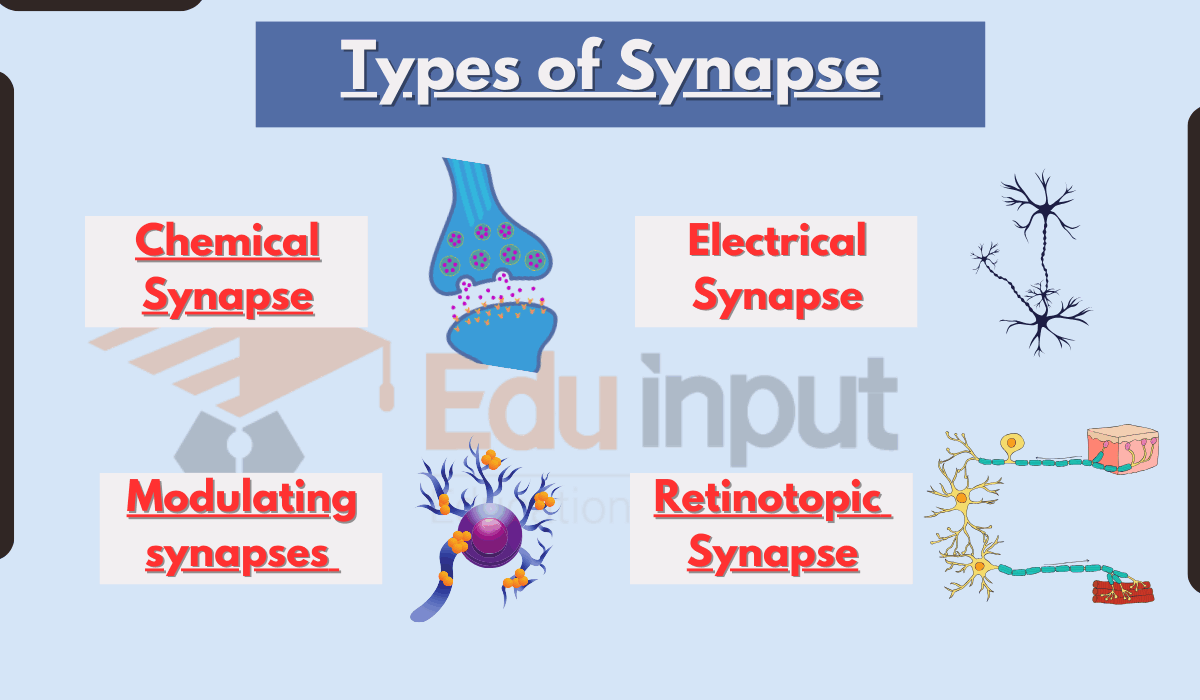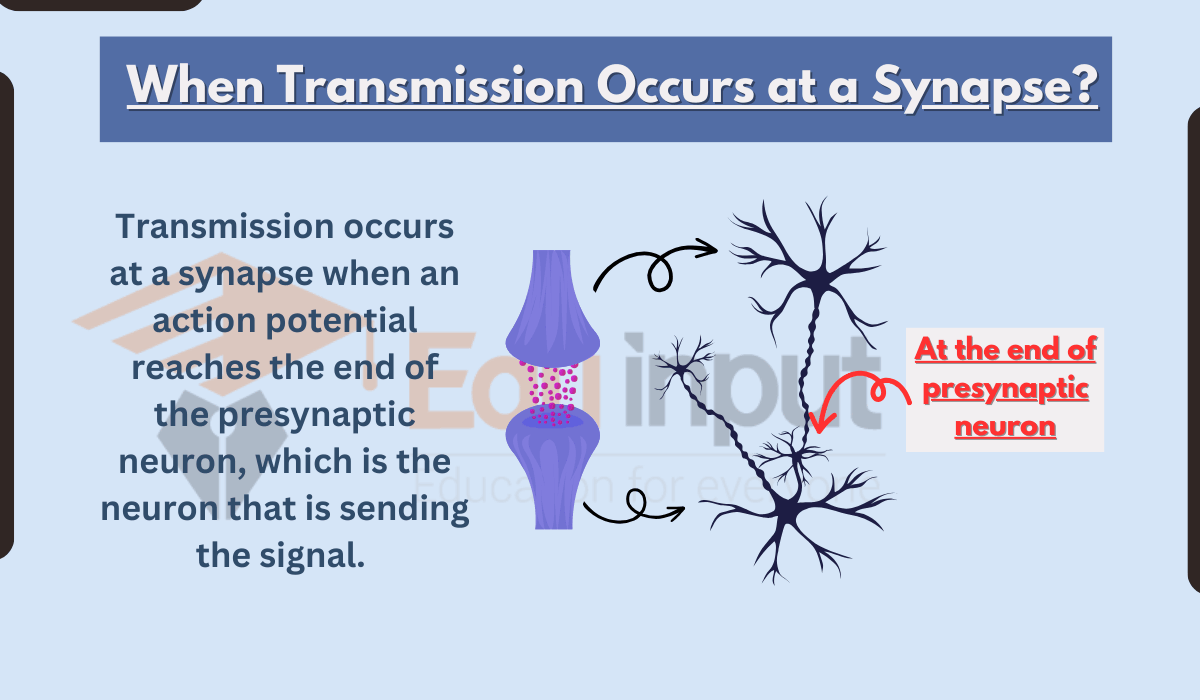What are Cytokinins?-Importance, Structure, and Functions
Cytokinins are naturally occurring hormones that stimulate cell division and differentiation. They play a role in regulating the rate of cell division and the timing of flowering. When applied to the roots of a plant, cytokinins promote root formation and increase the size of the root system. In addition, they help regulate the number of flowers produced. Cytokinins have been shown to improve yield and quality in many different types of crops.
Importance of Cytokinins
They also regulate plant development and help plants adapt to environmental changes. Cytokinins act as signaling molecules in plants. These chemicals control the rate at which cells divide and grow. The plant hormone cytokinin controls plant growth and development. Plants produce cytokinins during their early stages of growth. This chemical helps them develop into mature plants.
In addition, they play a role in stress responses and disease resistance. The hormone has been shown to improve crop yields and increase the nutritional value of crops such as corn, beans, peas, potatoes, and tomatoes.
The two main categories of plant hormones are auxin and cytokinin. These plant hormones control cell division, differentiation, elongation, and other developmental processes. Cytokinins are a group of phytohormones that promote cell division and increase shoot formation.
Plants produce these hormones naturally, but humans can artificially synthesize them. For example, cytokinins are used in agriculture to enhance crop yield.
Functions of Cytokinin in Plants
Cytokinins are a class of phytohormones that play a significant role in regulating various aspects of plant growth and development. These hormones are involved in many processes including cell division, differentiation, senescence, and death. Cytokinin levels increase in the early stages of seed germination and decrease after the emergence of the radicle. In addition, cytokinins promote root formation and inhibit shoot formation.
It performs the following functions in plants:
- It Promotes cell division.
- It Enhances cell elongation.
- It Increases cell size.
- It Stimulates cell wall synthesis.
- It Induces leaf expansion.
- It Reduces apical dominance.
- It Regulates flowering time.
- It Controls fruit ripening.
- It Influences stomatal opening and closing.
- It Modifies responses to environmental stimuli.
- It Alters carbohydrate metabolism
- It Activates enzymes involved in hormone biosynthesis.
- It promotes stem growth by cell division in apical meristem and cambium. Plants produce these hormones in response to environmental stimuli such as light, temperature, water stress, and nutrient availability. These signals trigger changes in gene expression that ultimately result in increased cell division.
- It inhibits primary root growth.
- It promotes lateral root growth.
- It promotes bud initiation and leaf growth.
- It promotes fruit growth. But it can rarely induce parthenocarpy.
- It promotes lateral bud growth. It also breaks bud dormancy.
- It causes a delay in leaf senescence.
- It promotes stomatal opening.
Commercial Applications Of Cytokinins
• Cytokinins delay the aging of fresh leaf crops like cabbage.
• They can also be used to break the dormancy of some seeds.
• They keep the flowers fresh. They can also b used to break seed dormancy.
• These hormones are known to play a role in regulating the size of organs and controlling the timing of flowering. In addition, cytokinins have been shown to promote root formation and enhance seed germination.
• The commercial applications of cytokinin-based products include their use as herbicides, fungicides, insecticides, and mitigators of environmental stresses. Cytokinins are also used as additives in animal feeds, food preservatives, and pharmaceuticals.
• The commercial applications of cytokinins include use in agriculture, horticulture, forestry, and turfgrass management. Cytokinins have been used in agricultural production to increase yield and improve quality.
Cytokinins enhance vegetative growth and promote flowering in crops such as wheat, rice, corn, and soybean. Cytokinins also stimulate root growth and increase tolerance to abiotic stresses such as salinity and drought. Cytokinins may also be applied to turfgrass to reduce mowing frequency and increase greenness.






Leave a Reply